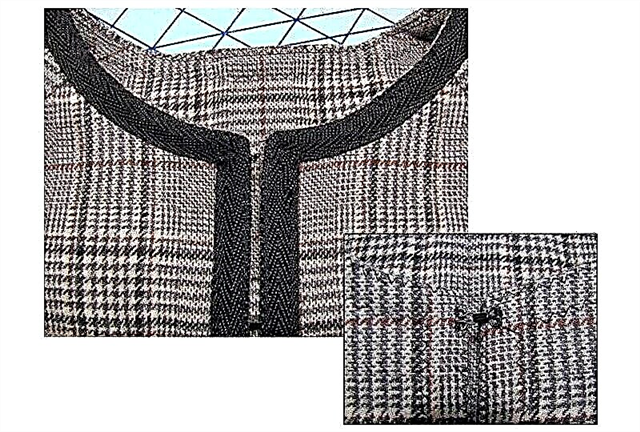Neat corners are an important component of a great look, such as table napkins, towels or tablecloths. How to make corners perfect: 2 options.

This workshop is about how to carefully process corners in rectangular products or parts.
First of all, this is home textiles - rectangular tablecloths, towels, napkins, sheets, bedspreads, aprons and so on.
The first processing option is a bit simpler, the second one is a bit more complicated, but it gives a more durable corner. Durability is important for products that are often washed and used extensively, such as kitchen towels or table napkins. Another plus of the second option: it is good for working with dense or voluminous fabrics and for large width turn-ups.

Life hack: how to sew a perfectly fitting pillowcase on a pillow
For both options, in addition to the cut fabric, you will need:
- ruler;
- marker or pencil for fabric;
- scissors for fabric;
- pins;
- iron;
- sewing machine and thread.
Sewing stitches: training for beginners
Option 1
Step 1

Divide the width of the allowances left to cut the edges in half. Wrap the edges half the width of the allowance on the wrong side and iron.
Step 2

Wrap the edge a second time the same width and iron again.
Step 3


Expand the corner. Find the square formed in the middle and draw the line obliquely through its opposite corners.
Step 4

Cut off the corner.
Step 5

Wrap the corner on the wrong side, as shown in the photo, and align the folds (marked in blue).
Step 6


Press the edges inward again.
Step 7

It remains to lay a line.
Option 2
Step 1

Divide the width of the oversize laid on the edge processing by 2 values. At the same time, it can be either 2 identical values (for example, the total allowance width is 2 cm, divide into 2 equal parts, 1 cm and 1 cm), or 2 different values (for example, the total allowance width is 3 cm, divide by 1 cm for the first hem and 2 cm for the second). The second method may be better suited when working with dense, bulky materials and / or with a large allowance width.
Turn the edge to the wrong side to the desired width (the first part of the total allowance width) and iron.
Step 2

Wrap the edge over again (second part of the total allowance width) and iron.
Step 3


Unscrew one fold and align the folds (marked in blue). Iron this corner.
Step 4


Fold the part diagonally, align the lines, secure with a pin. Lay a line along the line, at the beginning and end, making a stitch. Cut the corner, leaving a small allowance.
Step 5

Expand the part and straighten the seam allowances to the sides. Tighten the corner.
Step 6

Lay the line.
Photo and source: blog.colettehq.com



